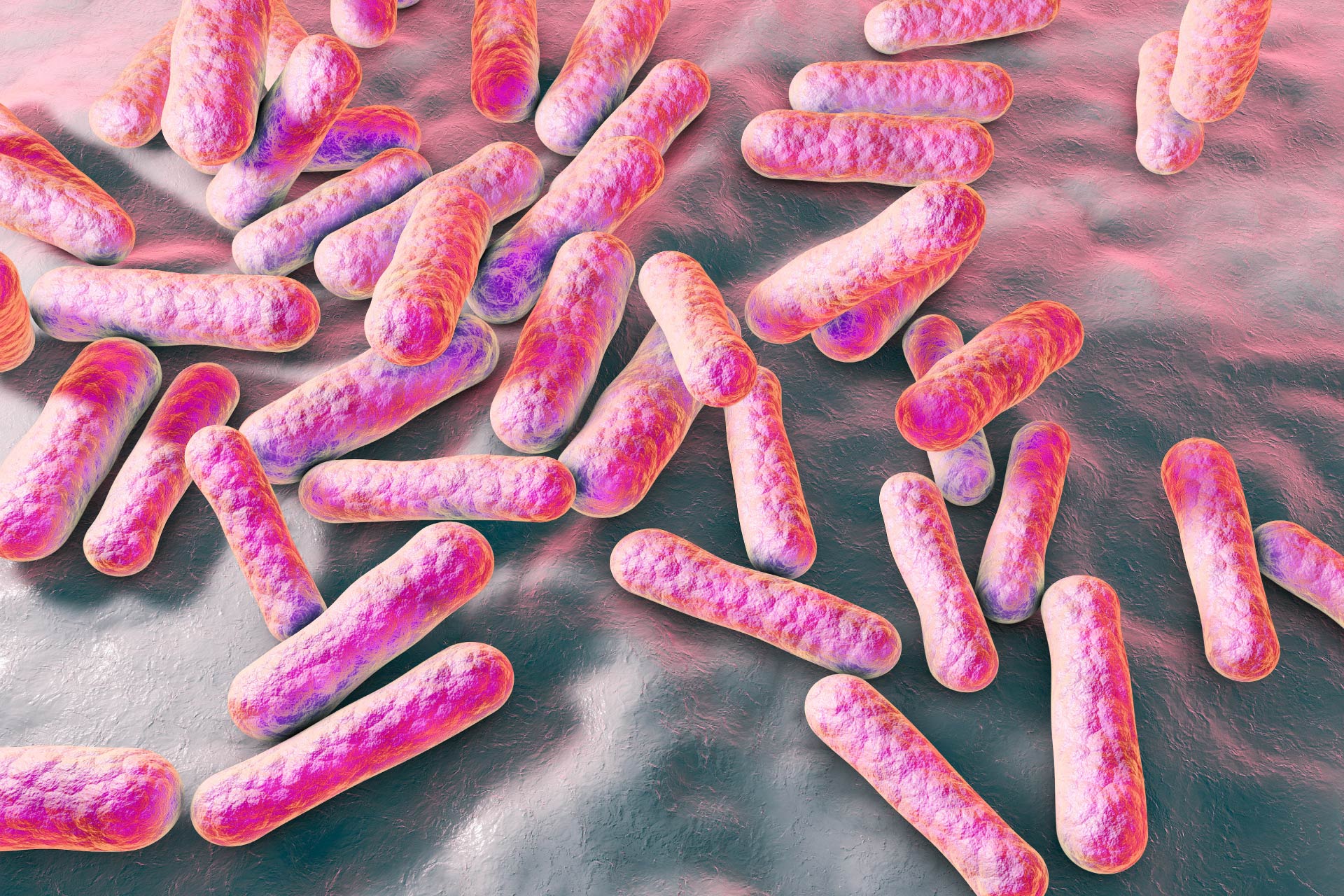• Competing for space
• Skin care
What is already known on this topic
The human skin is home to a rich community of microbes, whose composition varies widely among individuals, even when sampled at the same body site. Which molecular factors determine the variability of the skin microbiota is poorly understood.What this research adds
Researchers found that some strains of a common skin microbe called Cutibacterium acnes harbor genes that encode a molecule similar in structure to a known antibiotic. The team purified the molecule, which they named cutimycin, and exposed various species of bacteria to it. Cutimycin slowed the growth of potentially harmful Staphyloccocus bacteria, but not the growth of C. acnes and its related commensals. What’s more, hair follicles that contained cutimycin-producing C. acnes had lower levels of Staphyloccocus than follicles with C. acnes that did not produce cutimycin.Conclusion
The findings could lead to new treatments for skin disorders such as atopic dermatitis and acne.
The human skin is home to a rich community of microbes, whose composition varies widely among individuals. A new study has found that one species of skin microbe wields an antibiotic to fight off other bacteria, including harmful ones.
The findings, published in Science Translational Medicine, could lead to new treatments for skin disorders such as atopic dermatitis and acne.
“The composition of the skin microbiota varies widely among individuals when sampled at the same body site. A key question is which molecular factors determine strain-level variability within sub-ecosystems of the skin microbiota,” the researchers say.
Staphylococcus and Cutibacterium are among the most common species in the human skin microbiota. Previous studies have shown how these microbes compete and interact with each other, and how they influence the composition of microbial communities on the skin. But the exact mechanisms at play remain poorly understood.
To address this question, the research team—led by Michael Fischbach at the National Institutes of Health and Katherine Lemon at the Baylor College of Medicine—set out to study the genome of a common skin microbe called Cutibacterium acnes.
Competing for space
The team found that some C. acnes strains harbored genes that encoded a molecule similar in structure to a known antibiotic called berninamycin. The researchers then purified the molecule produced by C. acnes, which they named cutimycin, and analyzed its structure.
Next, the team exposed various species of bacteria to cutimycin and found that the molecule slowed the growth of potentially harmful Staphyloccocus bacteria, but not the growth of C. acnes or related commensal species.
Further tests that looked at the hair follicles of 16 people showed that hair follicles that contained cutimycin-producing C. acnes had lower levels of Staphyloccocus than those with C. acnes that did not produce cutimycin.
Skin care
“Our elucidation of cutimycin’s function should facilitate exploration into possible clinical applications of cutimycin, or cutimycin-producing C. acnes strains, to selectively inhibit Staphylococcus colonization,” the researchers say.
Colonization of the nose by S. aureus is a risk factor for invasive infection, and in the absence of an effective anti-staphylococcal vaccine, there is a need to identify beneficial bacteria that could be used to produce a nasal microbiota that is resistant to S. aureus, the researchers add. Such approaches could also help to prevent or treat skin disorders such as atopic dermatitis and acne.
Taken together, the findings suggest potential applications for cutimycin in preventing or treating diseases associated with a shift in the composition of the skin microbiota, the researchers say.











